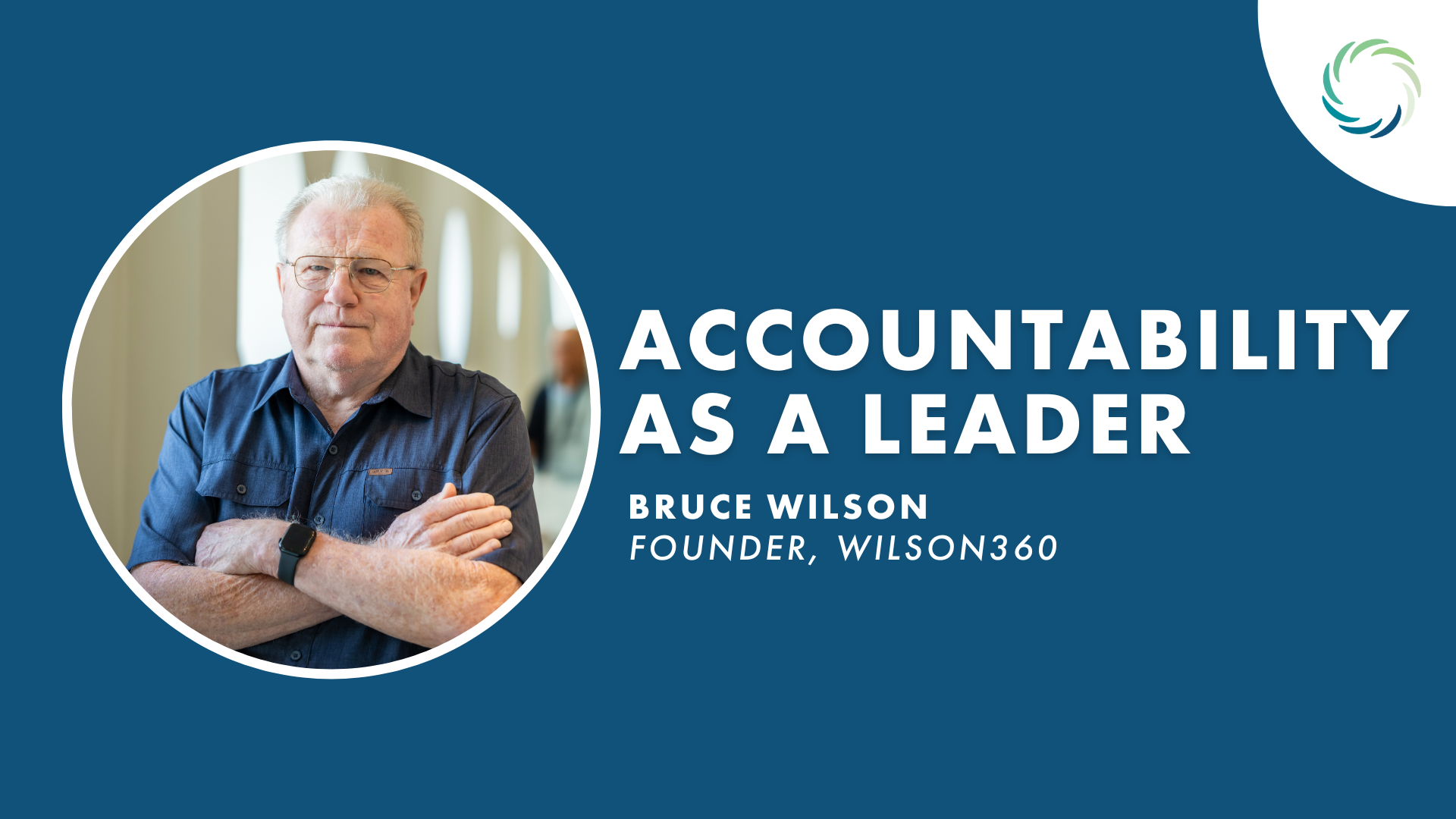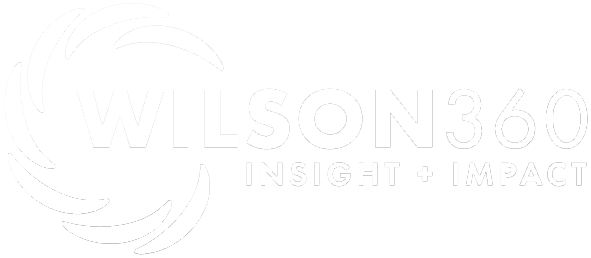
Accountability as a Leader
By Bruce Wilson
“You can’t be successful with other people if you haven’t paid the price of success with yourself.” For employees and teams watching your leadership example, the most important ingredient you put into your relationship with them is not what you say or what you do. Instead, it’s about who you are and the example you set.
Like the one above, there is a Stephen Covey quote for every aspect of leadership. His book, “The 7 Habits of Highly Effective People,” is one of my favorite business books of all time. I distributed it to all my employees when I led Environmental Care, the landscape maintenance division of what became ValleyCrest and the BrightView organization.
We believed every employee played a role in driving revenue and had a personal stake in our collective success. Reading books was part of our culture of continuous learning. We taught our teams where revenue goes and set clear expectations for increasing customer satisfaction. Seeking solutions for better outcomes was not just an individual goal, but something to celebrate together. Everyone knew that by the end of the year, nothing would be accomplished without accountability.
In my first industry job, I was made a foreman and given a truck. It was expected that I would care for the truck like my own. When I drove to a customer’s home, it was the same thing. I was responsible for the customer, the property and my crew, making sure that the job got done properly and the site was left as exactly as it was before we entered. If we moved patio furniture from under a tree while we pruned it, we put it back to where it was before. It promoted accountability across our entire organization — from the front lines, where I was at the time, to the corner office, where I ended up, with an ongoing commitment to role model accountability by being accountable myself.
I’ve always believed that the crew leader and account or project managers are the most important people in the accountability chain. If the crew leader “owns” their crew and equipment and the finished product of their work, and the account/project manager “owns” their customer relationships, and the branch manager “owns” their branch performance, I was confident that we would outperform on retention and profitability.
To find high-performing people, use the hiring process as a filter. If an applicant shows up on time and prepared for an interview, they make a good first impression in appearance and presentation. It indicates that they have a sense of ownership in who they are. If they are late, lackadaisical or unkempt, it sends an entirely different message. If you hire with accountability being the ideal, you end up with a company staffed with people perpetuating a sense of ownership and a culture where everyone is personally invested. They think and feel as passionately as you do about success.
To keep accountability flourishing, invest in an ongoing practice of coaching and mentoring. When you promote a person, tell them what you expect up front and check in on how they’re doing. My former partner at Conserve Landcare, George Gonzalez, when asked for advice on handling a tough client or a difficult job situation, would never give them the answer or tell they what to do, but rather tell them what outcome he expected. He might suggest a few different ways to get there, but he ultimately delegated the solution back to the employee as a learning opportunity.
What role do key performance indicators take? They can give employees a way to measure performance but will not by themselves make employees accountable. Most people have an innate sense of responsibility and a desire to achieve. You draw it out by leading and empowering them, not by micromanaging them or hitting them over the head with accountability lectures.
Reprinted with permission. GIE Media. Lawn & Landscape August 2024 (c)

